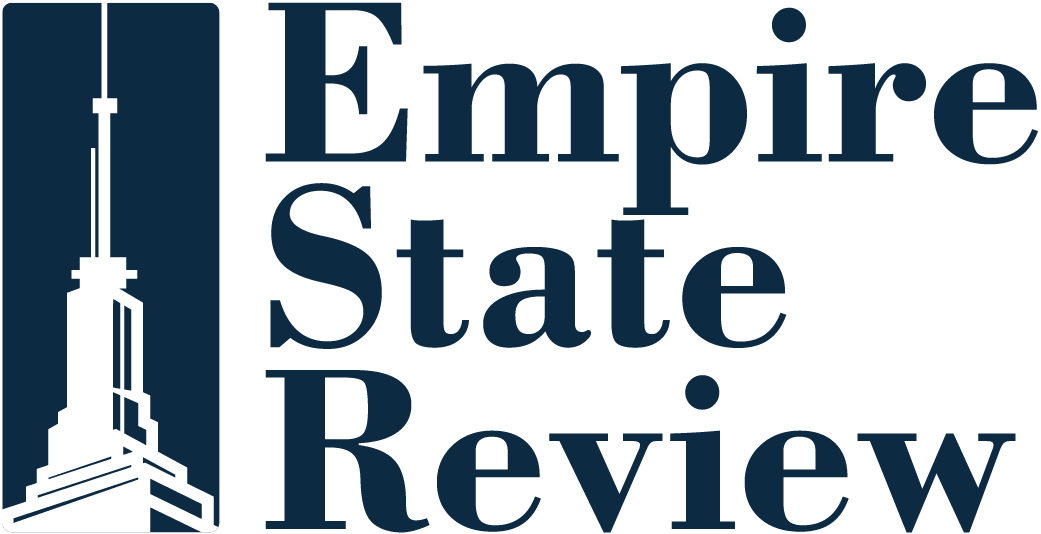U.S. stock futures showed little movement as trading opened Sunday evening, reflecting a pause in momentum after a strong week on Wall Street. The muted performance signaled that investors are now firmly in a holding pattern, waiting for more definitive signals from the Federal Reserve before pushing markets higher. The week had closed on an energetic note, with the Dow Jones Industrial Average hitting a record high, but futures action suggested traders are unwilling to extend the rally without fresh economic data or policy clarity.
Last week’s surge was driven in large part by mounting expectations that the Federal Reserve is preparing to cut interest rates in September. Federal Reserve Chair Jerome Powell’s speech at the Jackson Hole Economic Symposium appeared to open the door for such a move, with Powell acknowledging a cooling labor market and signaling that the Fed is increasingly attentive to the risks of slowing growth. Although he stopped short of offering a clear commitment, his tone was notably more dovish than in previous months. That shift was enough to spark a wave of buying across equities, particularly in sectors sensitive to interest rates.
The Dow Jones Industrial Average rose 685.6 points for the week, its best three-week run since mid-July, while the S&P 500 and Nasdaq Composite also saw impressive gains. Year-to-date, the Dow is up more than 7 percent, while the broader S&P 500 has gained nearly 10 percent and the Nasdaq has surged more than 11 percent. Friday was particularly striking, with the Dow leaping 846 points to close at 45,631.74—marking a new record. The S&P 500 added 1.5 percent and the Nasdaq rose nearly 2 percent, cementing the perception that investors are embracing the possibility of a near-term policy shift from the Fed.
Despite the celebratory mood on Friday, futures trading to start the week told a different story. Dow futures ticked up just 14 points, while S&P 500 and Nasdaq futures were essentially flat. The subdued reaction underscored the market’s cautious approach as traders look ahead to a string of key data releases, particularly the upcoming Personal Consumption Expenditures index, the Fed’s preferred inflation measure, and the monthly jobs report. Both will play a decisive role in determining whether the central bank feels comfortable easing monetary policy as soon as September.
The Fed’s calculus remains complicated. While inflation has been trending downward from the historic highs seen in 2022, policymakers are wary of declaring victory too soon. Price pressures remain elevated in certain categories, particularly housing and services, and recent energy fluctuations add another layer of unpredictability. At the same time, the labor market is beginning to show signs of softening, with job openings narrowing and wage growth moderating. Powell’s comments at Jackson Hole suggested that the central bank now views risks to employment as a more pressing concern than earlier in the tightening cycle.
Markets also faced headwinds from developments outside the monetary policy sphere. The Commerce Department announced a probe into furniture tariffs, an unexpected move that rattled retailers and raised concerns about trade tensions flaring once again. While the impact was relatively contained compared to the Fed-driven rally, it served as a reminder that geopolitical and regulatory risks remain a persistent backdrop for investors.
Global markets provided a mixed picture. Asian equities generally pushed higher, lifted by strong performances from semiconductor companies and continued enthusiasm for artificial intelligence-related stocks. In contrast, European markets were more subdued, reflecting investor caution about slower economic growth across the continent and ongoing uncertainty surrounding the European Central Bank’s next steps.
Investors now enter the final days of August with heightened anticipation. This week’s data releases are expected to heavily influence both investor sentiment and the Fed’s policy trajectory. If inflation readings confirm continued cooling and the labor market shows further signs of moderation, the case for a rate cut in September will strengthen considerably. Conversely, any upside surprises could prompt officials to hold off, a scenario that could quickly deflate market optimism.
Fed officials are expected to provide additional commentary in the days ahead, including remarks from Federal Reserve Governor Christopher Waller, who is scheduled to speak in Miami later this week. His comments could offer more insight into whether Powell’s Jackson Hole message reflects a broader consensus within the central bank or a more cautious balancing act. Market participants will also be watching for corporate catalysts, with earnings from Nvidia and other technology leaders expected to test the resilience of investor confidence.
For now, Wall Street finds itself in a rare moment of restraint. After weeks of impressive gains and renewed optimism, the flatlining futures reflect a collective willingness to wait for clearer signals before taking the next leap. The rally has shown how eager investors are to embrace a shift in monetary policy, but the coming week will determine whether that enthusiasm is validated by economic reality.
In short, Wall Street has entered a phase of cautious optimism—buoyant enough to break records but restrained enough to wait for proof. Investors now look to Washington, economic reports, and corporate leaders for the confirmation they need to keep the momentum alive.

